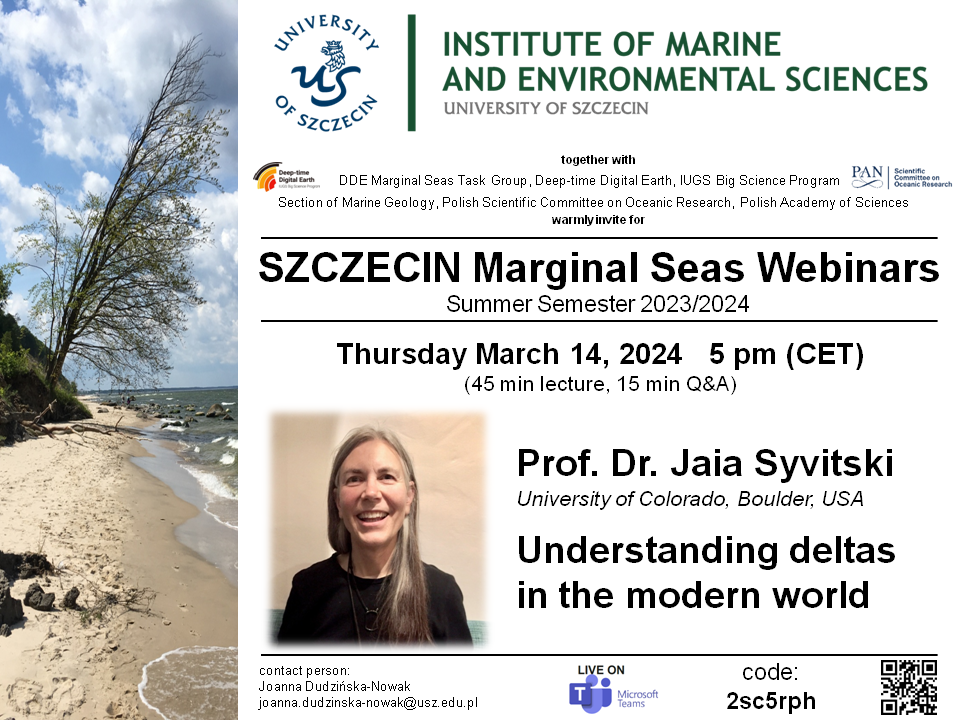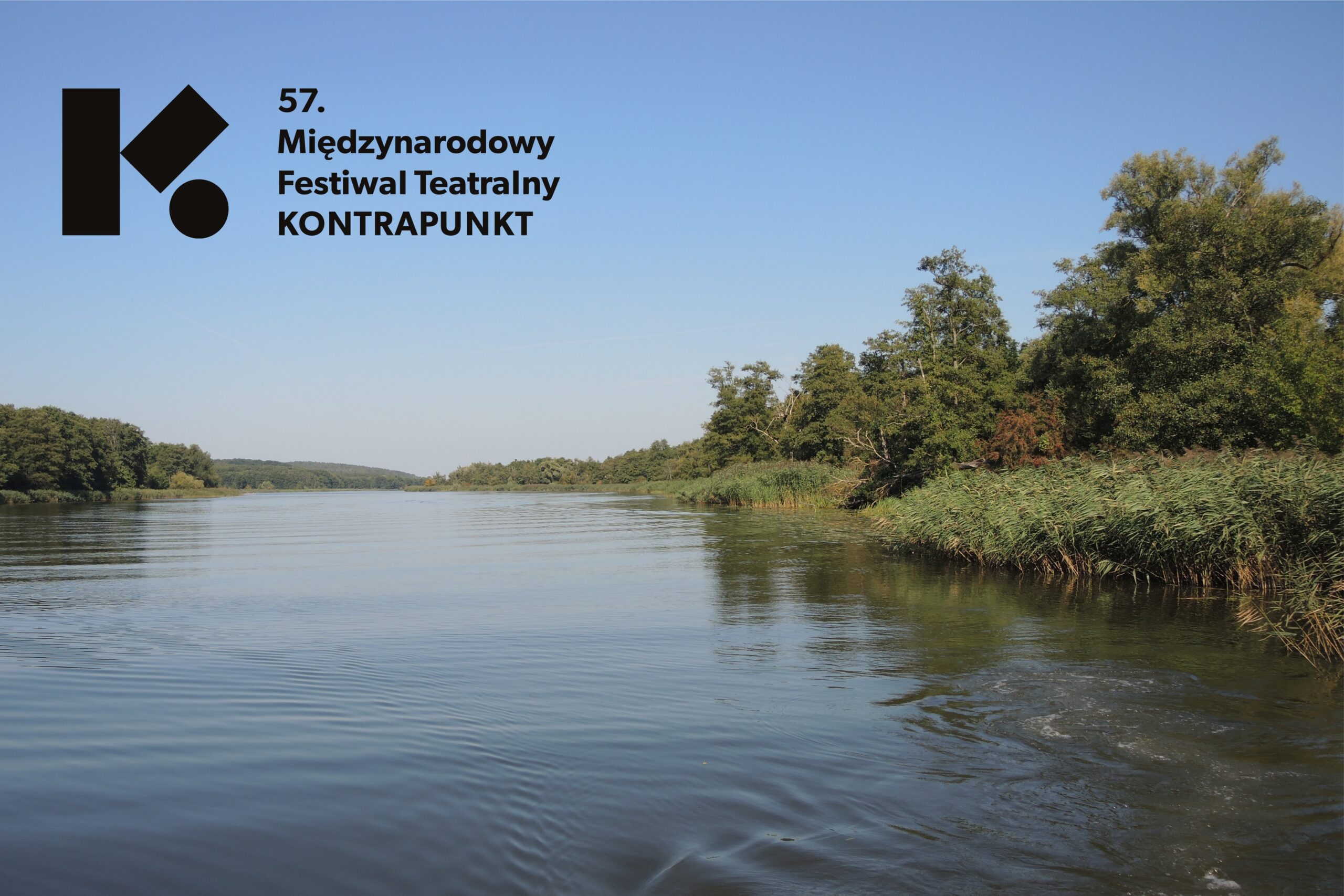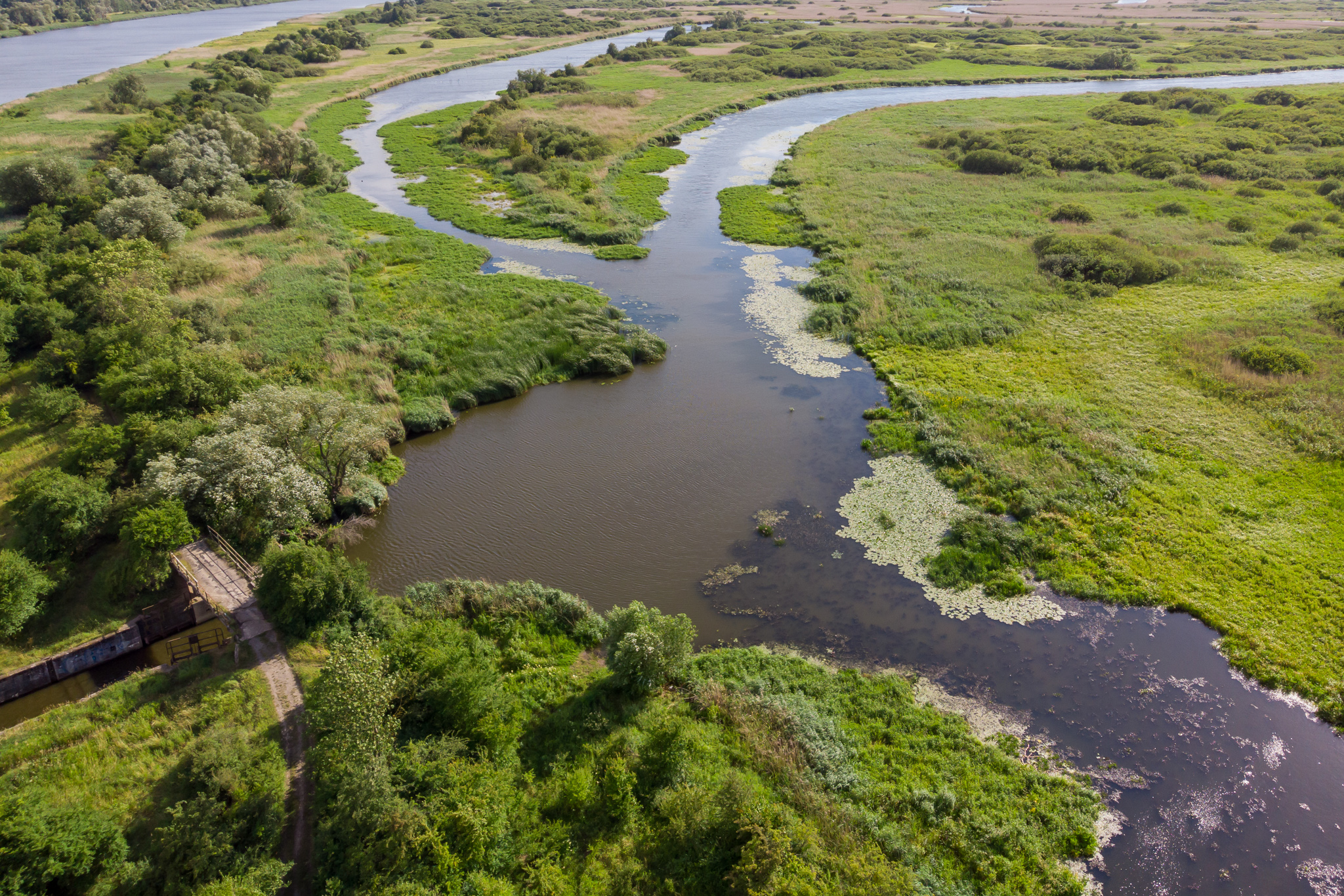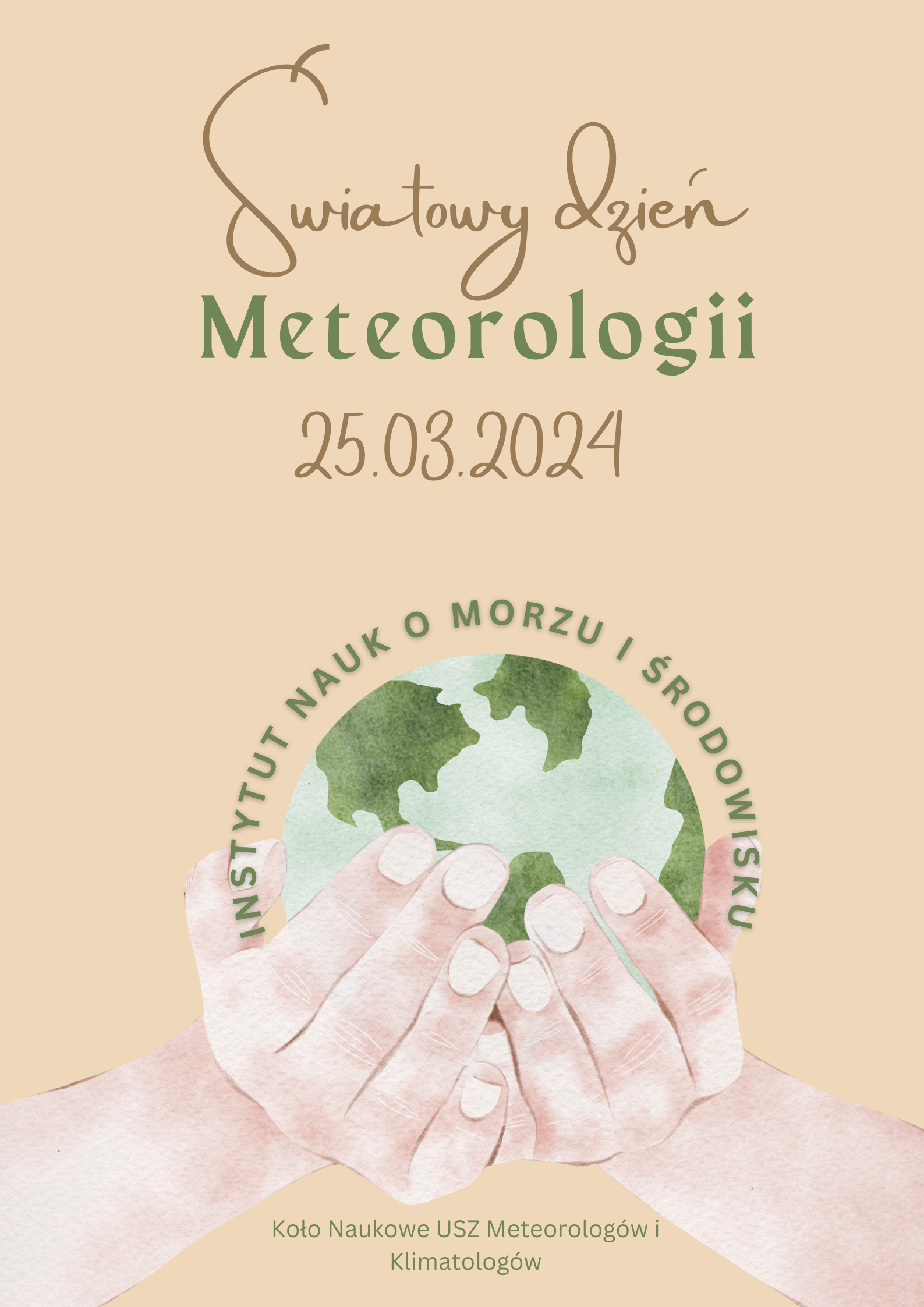
Gościem najbliższego internetowego spotkania naukowego będzie Prof. Dr. Jaia Syvitski (CSDMS/INSTAAR University of Colorado, Boulder, USA), która przedstawi prezentację zatytułowaną „Understanding deltas in the modern world”.
Seminarium odbędzie się 14 marca 2024 r. za pośrednictwem platformy MS Teams, o godzinie 17:00 (możliwość dołączenia do spotkania już od 16:30).
Link do spotkania: KLIKNIJ
ID spotkania: 326 009 223 391
Kod dostępu: aGBnhg
Abstract:
„Deltas are subaerial landforms that cap underlying deposits with subaqueous extensions that result from a river feeding sediment directly into a standing body of water at a rate that overwhelms any effective dispersal processes derived from the ambient basin. A mean 76 ±16% drop in hydraulic energy occurs in all subaerial deltas regardless of size, given the break in gradients separating fluvial and deltaic surfaces, driving an ever-decreasing bed-material transport, shallowing of distributary channels and concomitant overbank flooding. A delta’s sediment mass grows from the addition of new river loads but may include aeolian and marine sediment derived from outside the delta domain, growth of peat and other biomass, and inputs from human action. Removal of sediment is via river plumes interacting with marine currents, wave-induced transport, sediment failures and gravity flows, high-tide inundation onto the delta plain, tidal channel widening and deepening, and human action (peat, clay, sand and gravel mining). A delta’s trapping efficiency ranges from 0 for small-load rivers that discharge directly into an energetic ocean, to 80% for large deltas, and up to 100% for some semi-enclosed bayhead deltas, including fjords. The global (ensemble) subaerial delta aggradation rate is ~1.6 mm/y if 70% of the global sediment load exits the river mouth(s), a reminder of how much sediment can be expected to be delivered to the surfaces of global deltas at a time when the 2022 CE sea level rise is ~4 mm/yr. At the planetary scale, deltas are environmentally complex given Earth’s range in climate, hydrodynamics, tectonic settings, relative sea-level provinces, sediment input, redistribution processes, and human actions. Under natural conditions, the subaerial portion of deltas adapt to change by advancing, retreating, switching, aggrading, and/or drowning, whereas many modern deltas are structurally constrained by societal needs. The 89 large and mud-rich coastal marine deltas (i.e. subaerial area > 1000 km2) account for 84.3% of Earth’s total deltaic area that hosts >89% of all humans occupying deltas, many living within megacities. The 885 medium-size deltas (i.e. subaerial areas 10–1000 km2) account for 15.5% of the global delta area and 10.5% of humans living on deltas, with characteristics that fall between the small and large delta categories. The 1460 small and essentially sandy deltas (1–10 km2), including all fjord deltas, are impacted less from human action (with exceptions) and most are better able to withstand climate change. Recognizing the limits of big data in capturing delta complexity, field data remains a necessary gold standard for site investigators”.











